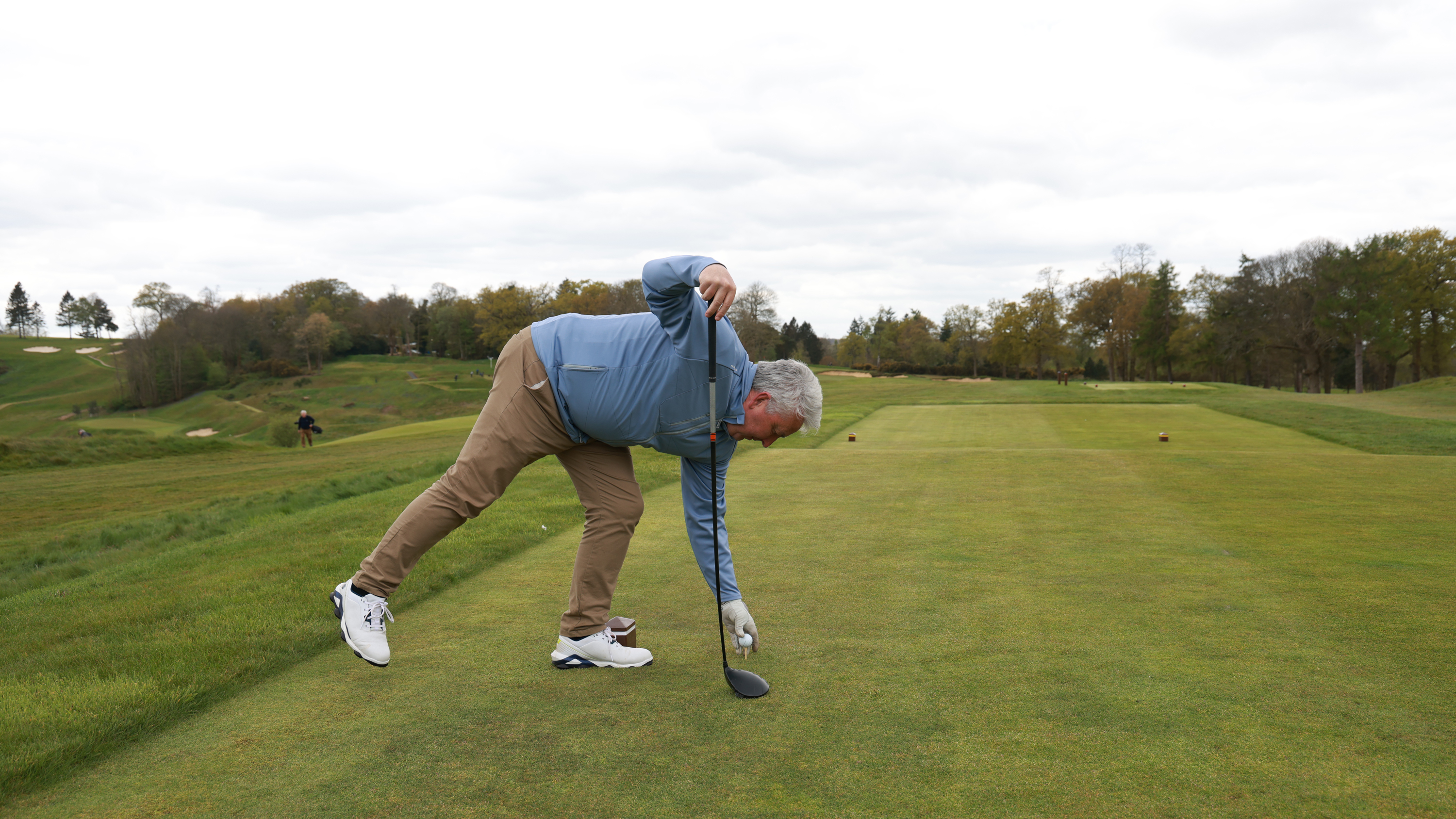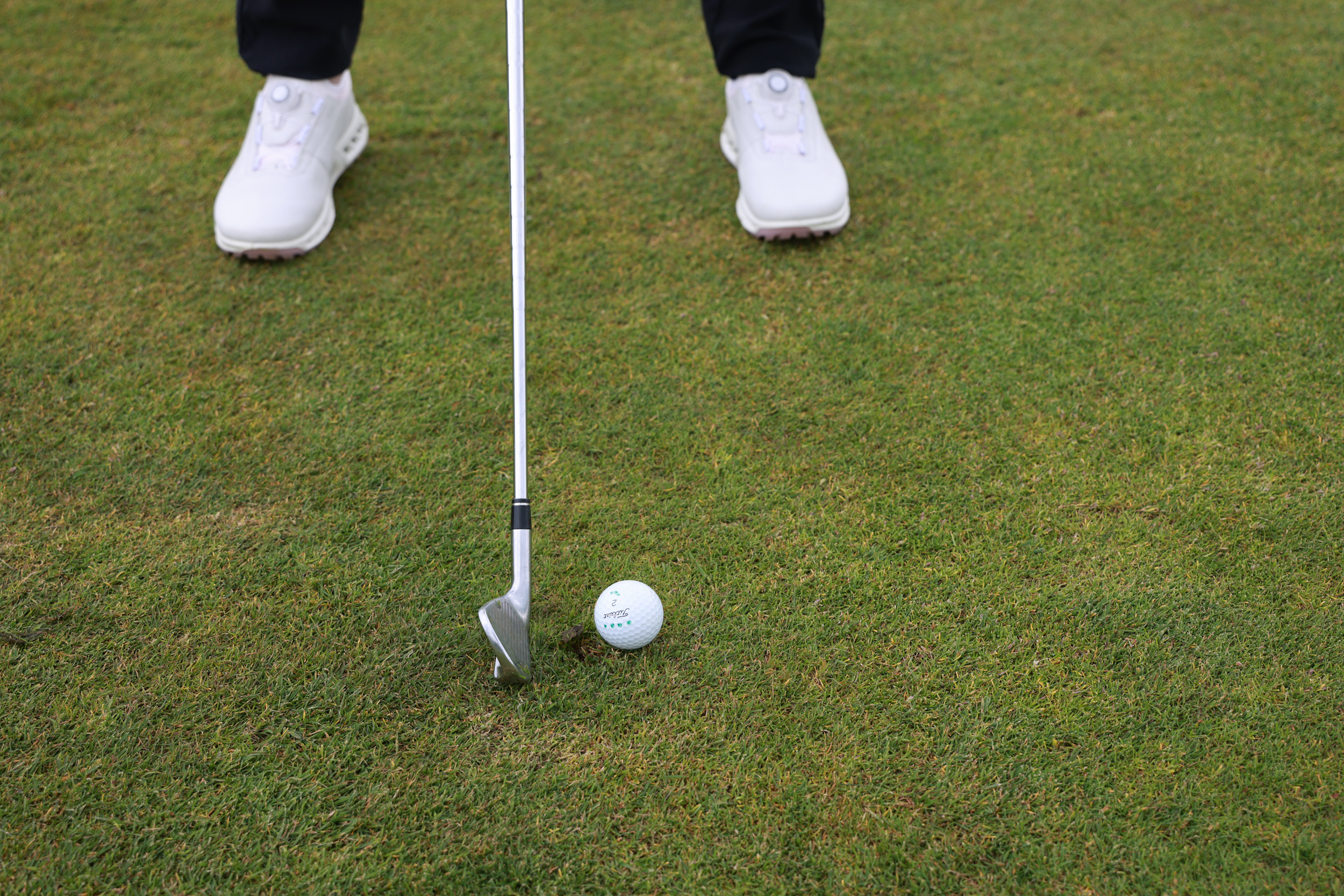
The tee shot is one of the most nerve-wracking strokes in golf, particularly on the 1st hole. Your playing partners, and maybe others are watching. You’re desperate not to make a mess of it and to get the ball into play. The last thing you want to do is make a Rules mistake before you even embark on the ordeal of trying to hit the ball. One important decision to make is how high to tee up your golf ball, or whether you have to tee it up at all. Do you have to use a tee to tee up your golf ball?
Well, the simple answer to that question is, no. Rule 6.2b deals with teeing area rules and Rule 6.2b(2) says the “ball may be teed or played from the ground.”
You can simply put your ball down on the ground and play it from there, you might choose to do this on a short par-3 when you want to get some extra spin on the ball. It should be remembered though that you must put the ball on the ground within the “teeing area.”
The teeing area is defined as, two club lengths long from the front edge of the tee markers, and, in terms of width, it stretches from the far side edge of the left hand tee marker to far side edge of the right hand tee marker. If any part of the ball touches the teeing ground, it’s deemed to be in the teeing ground.

When you do choose to use a tee, you must not make a stroke at a ball placed upon a non-conforming tee.
If you don’t play from the ground or a conforming tee, you would breach Rule 6.2b(2) and receive the General Penalty (two shots in stroke play, loss of hole in match play). If you broke Rule 6.2b(2) for a second time, you would be disqualified.
Rule 6.1 of the Equipment Rules deals with non-conforming tees. It says, a tee must not: be longer than 4 inches (101.6 mm); be designed or manufactured in such a way that it could indicate line of play; unduly influence the movement of the ball; or otherwise assist the player in making a stroke or in his play.
Here it’s also important to consider Rule 4.3a which deals with allowed and prohibited uses of equipment, which says a player must not create a potential advantage by using equipment that artificially eliminates or reduces the need for a skill or judgement that is essential to the challenge of the game.
Basically then, if you’re using a tee that has a spring that’s designed to fire the ball forward or has a two-foot-long protrusion pointing at the target, you would not be using a conforming tee and would be in line for a General Penalty and a DQ if you used it again.
Also important to note of course – if you are playing from anywhere on the course outside of the teeing area, you are not allowed to place your ball on a tee!







